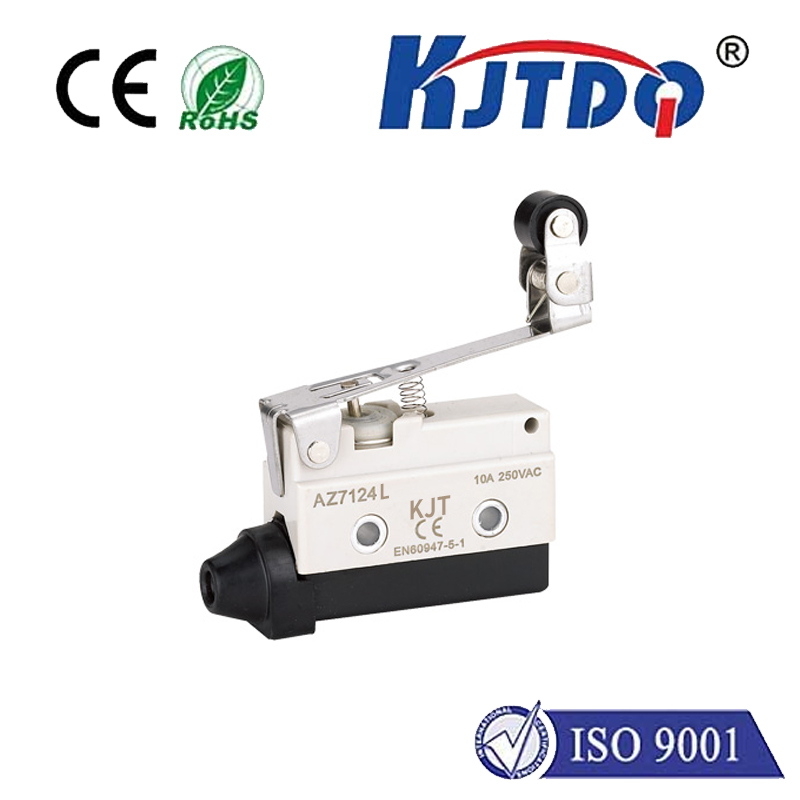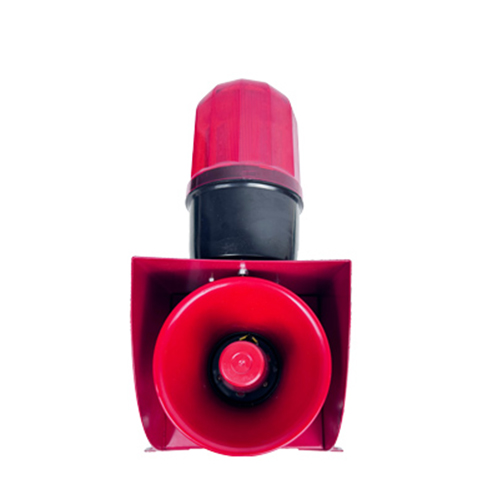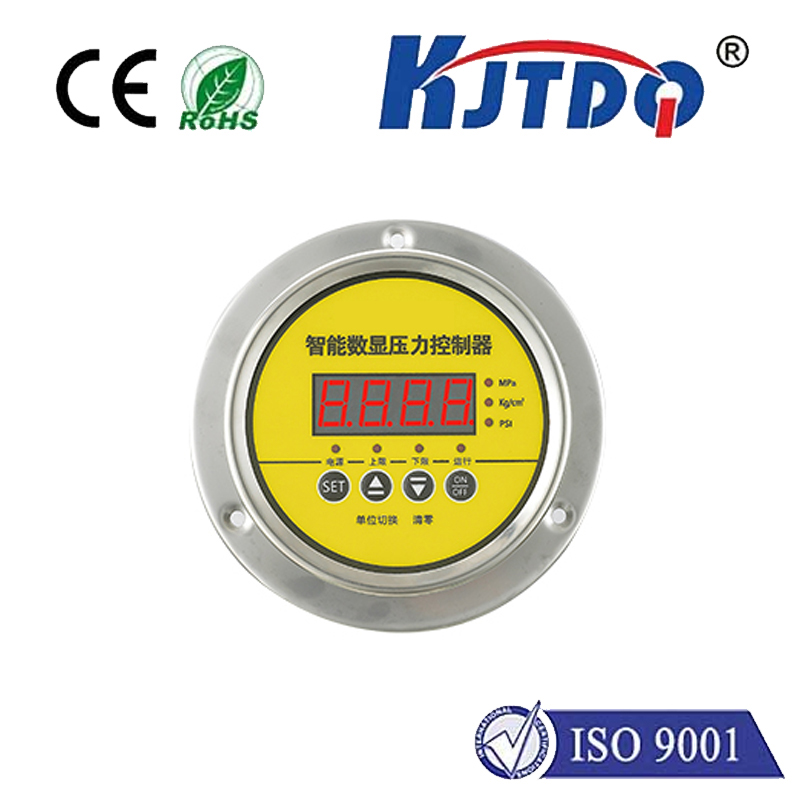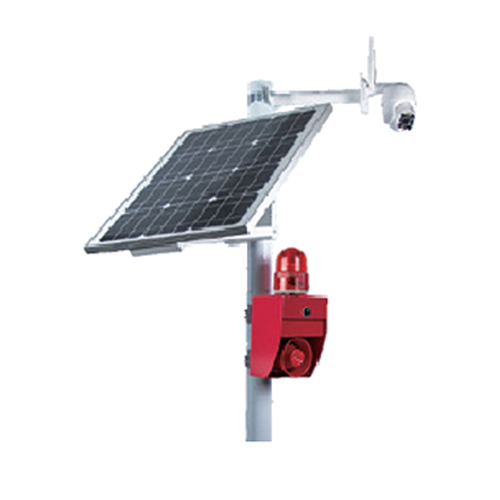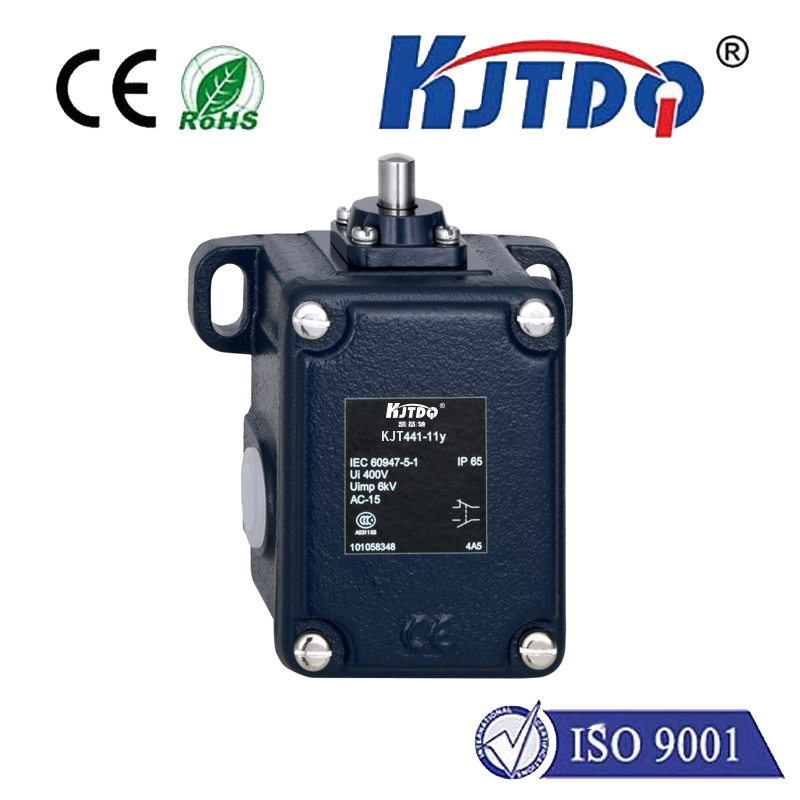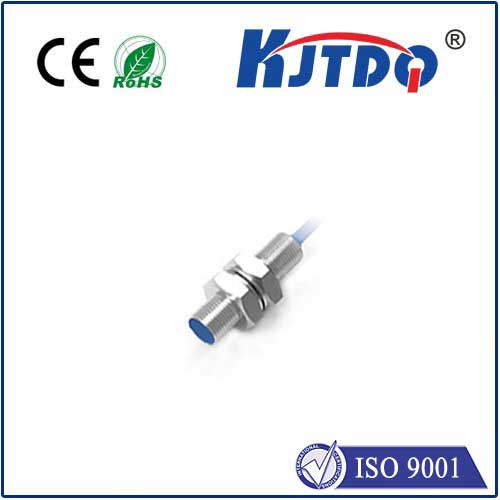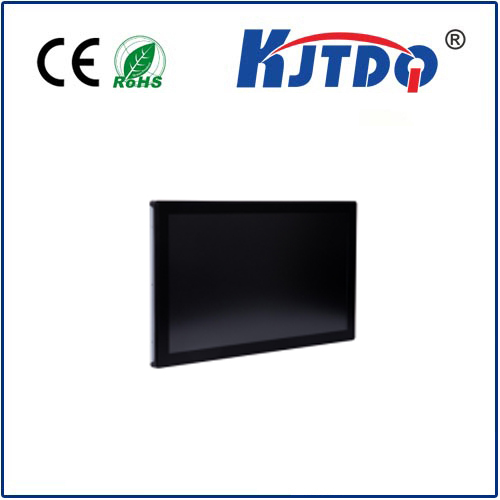датчик приближения с обратным отражением
- time:2025-07-25 04:30:35
- Нажмите:0
Unlocking Precision: The Power of the Retro-Reflective Proximity Sensor
Imagine a bustling automated warehouse where Autonomous Guided Vehicles (AGVs) navigate narrow aisles with uncanny accuracy, flawlessly stopping millimeters before an obstacle or precisely aligning with a docking station. Or picture a high-speed bottling line where containers zip past sensors, each one flawlessly detected and counted at lightning speed. The linchpin enabling this level of precise, reliable non-contact detection often lies in a sophisticated optical technology: the retro-reflective proximity sensor. This sensor, distinct from its diffused or through-beam counterparts, offers a unique blend of long-range capability, precise targeting, and resilience, making it indispensable in demanding industrial and automation environments.
Unlike standard reflective sensors that rely on light bouncing off a target’s surface (which can vary wildly in reflectivity), the retro-reflective proximity sensor requires a specific type of target: a retro-reflector. This isn’t just any reflective surface; it’s a specialized device, typically utilizing an array of corner cube reflectors. These ingenious microstructures possess the unique property of reflecting incoming light directly back towards its source, regardless of the angle of incidence. This fundamental characteristic is the bedrock of the sensor’s performance.
How Does This Optical Marvel Work?
The magic unfolds through a well-orchestrated optical dance:

- Emission: The sensor’s built-in transmitter, usually a focused LED or laser diode, emits a beam of modulated light (often infrared for immunity to ambient light).
- Propagation & Reflection: This beam travels across the sensing gap. Crucially, a retro-reflector is positioned opposite the sensor. When the beam strikes the retro-reflector, the corner-cube structure efficiently sends the light straight back along its original path towards the sensor.
- Reception: The sensor houses a highly sensitive receiver, typically a phototransistor or photodiode, strategically positioned to capture this efficiently returned beam.
- Detection Logic: The sensor’s internal circuitry constantly evaluates the intensity of the light received at the receiver. When an object interrupts the beam between the sensor and the retro-reflector, the powerful, direct return signal is blocked or significantly attenuated. The sensor detects this sharp drop in received light intensity and triggers its output signal (switching it ON or OFF, depending on configuration). The presence of the object is detected by the absence of the strong retro-reflected beam. When the path is clear, the strong reflected beam keeps the output in its default state.
Core Components Driving Performance
The effectiveness of a retro-reflective sensor hinges on the quality and integration of its key elements:
- Light Source: Modern sensors primarily use high-output LEDs for balance of cost, reliability, and focus. Laser diodes are employed where extremely long sensing ranges or pinpoint precision is paramount (e.g., long-range object detection on conveyor lines).
- Optical System: Precision lenses shape the emitted beam into a tight, collimated path and focus the returning light onto the receiver element. This sharp focusing is critical for achieving long sensing distances and immunity to stray reflections or background objects. Many feature polarization filters to reject false signals from shiny surfaces.
- Receiver: A high-sensitivity photodetector captures the faint retro-reflected signal. Advanced designs often incorporate position-sensitive detectors (PSDs) or sophisticated optics to enable background suppression capabilities even in the retro-reflective mode, further enhancing reliability.
- Signal Processing: Sophisticated electronics filter out ambient light interference (like sunlight or factory lighting), demodulate the modulated signal, and provide stable, bounce-free switching output.
Why Choose Retro-Reflective? Key Advantages
This technology shines in scenarios where alternatives struggle:
- Longer Sensing Ranges: By utilizing the highly efficient retro-reflector, these sensors achieve significantly longer detection distances compared to standard diffuse reflective sensors. Ranges of several meters or even tens of meters are common.
- Precise Object Detection: Detection occurs only when an object interrupts the beam path. This makes them ideal for detecting objects within specific, well-defined zones, ignoring objects passing behind the reflector or off to the sides (unlike diffused sensors).
- Tolerance to Target Characteristics: Since detection relies on beam interruption, the sensor is largely unaffected by the color, texture, surface finish, or material of the target object itself. It works equally well on matte black plastic or polished metal, as long as the beam is sufficiently blocked. This immunity to target variations is a major operational advantage.
- Reliability in Variable Conditions: The powerful return signal and advanced filtering make retro-reflective sensors highly resistant to ambient light interference and environmental contaminants like dust or light fog (within specified limits).
- Simpler Wiring than Through-Beam: While not matching the ultimate range of a separate emitter/receiver through-beam system, retro-reflective sensors offer a compelling middle ground. They provide superior range and reliability compared to diffuse sensors but require only Один. wiring point and mounting location, like the simpler diffused type, eliminating the need to align separate units across large distances.
Where Precision Detection Matters: Applications
The unique strengths of retro-reflective proximity sensors make them vital across numerous industries:
- Material Handling & Logistics: AGV guidance, collision avoidance, pallet presence detection on conveyors, package counting/sorting, position detection in automated storage systems.
- Packaging Machinery: Bottle/can/carton presence detection on high-speed filling lines, label position verification, flap detection on cartoners.
- Automotive Manufacturing: Robotic weld gun positioning verification, part presence/absence in assembly jigs, door/window position sensing, end-of-travel detection on actuators.
- Printing & Paper Converting: Web break detection, sheet counting, roll diameter monitoring.
- Electronics Assembly: PCB presence in handlers, component insertion verification, door/interlock monitoring on SMT machines.
- Security Systems: Intruder detection in specific zones (beam interruption), door/gate position monitoring.
Selecting the Right Retro-Reflective Sensor
To maximize performance, consider these factors during selection:
- Sensing Distance: Choose a sensor with a range comfortably exceeding your actual required detection gap.
- Retro-Reflector Type & Size: Ensure the reflector (supplied separately or with the sensor) is rated for the distance and beam size. Larger reflectors generally enable longer ranges. Ensure proper mounting stability.
- Beam Size & Focus: A narrow beam allows detection of smaller objects or precise positioning. A wider beam offers more tolerance to reflector alignment or detection of larger objects.
- Object Detection Requirements: Define the minimum object size that needs reliable detection. Smaller objects require finer beam focus or specialized sensors.
- Environmental Factors: Consider ambient temperature, potential for dust, moisture (look for appropriate IP ratings like IP67), vibration, and ambient light levels.
- Output Type & Configuration: PNP/NPN, NO/NC – select based on your control system requirements.
- Response Time: Crucial for high-speed applications like counting small objects at rapid rates.
In essence, the retro-reflective proximity sensor leverages the predictable physics of retro-reflection to deliver robust, long-range object detection


